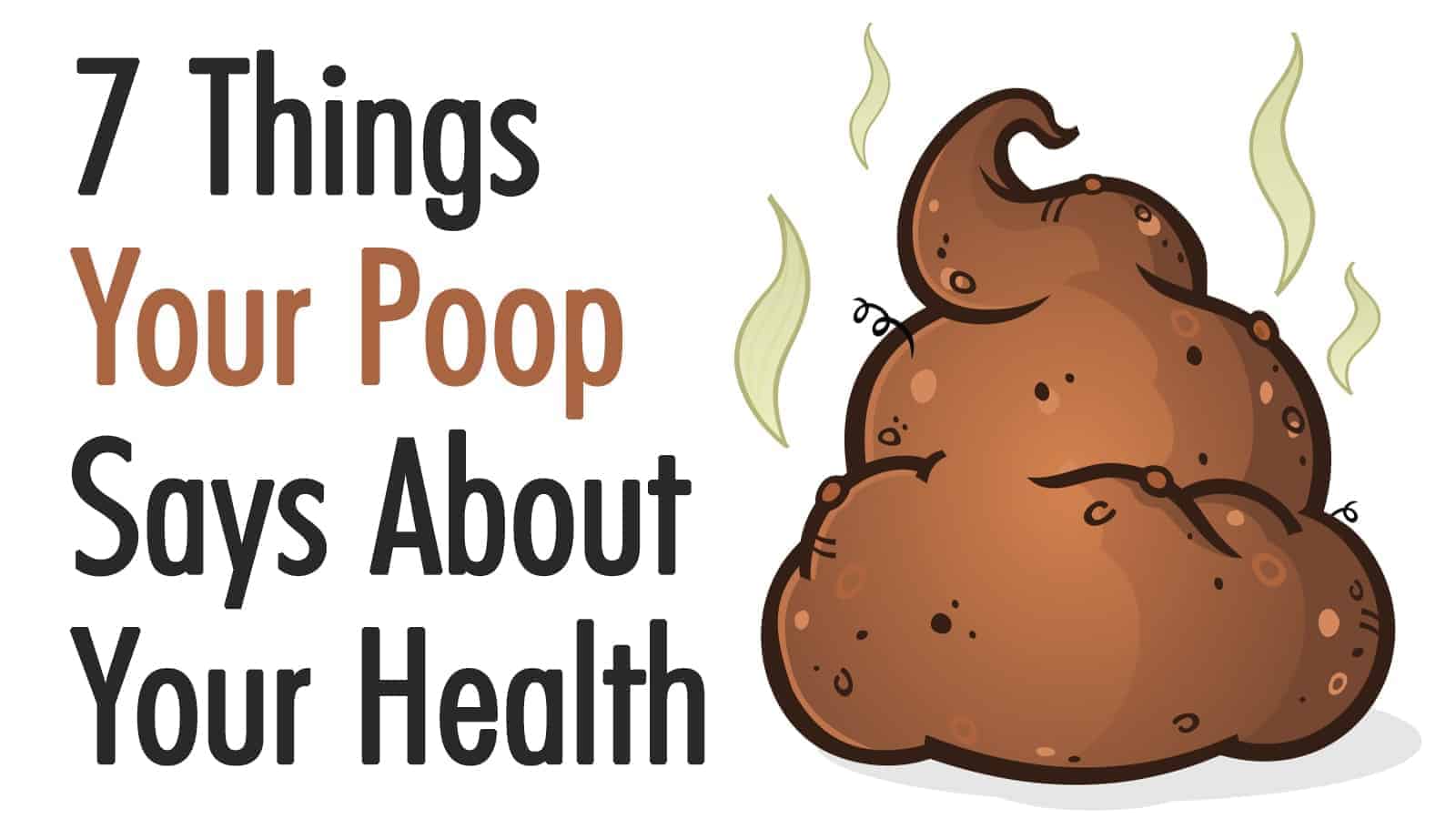Have you ever considered how many germs are in a public restroom? Bathrooms are nasty, but there something about the bacterial and viral infections that float around a public facility that makes your skin crawl. Your parent always taught you to wash your hands after using the commode, but with the germs and diseases floating around today, soap and water aren’t enough.
Consider this scenario. You’re at the mall, and you need to use the restroom. You have no choice as it’s an emergency. You are careful, and you cover the seat with toilet paper so that you can protect yourself from the germs on the surface.
Suddenly, you’re just about to sit down and take care of business, and all the paper you have carefully arrange goes into the bowl. You must settle for doing a squat where you pray to hit the right target. What you might not know is that the seat on that toilet isn’t as dirty as what you might think.
However, the rest of the bathroom is pretty much a petri dish for every germ and fungi you could imagine. It would help if you considered the dirty floor, nasty faucets, and door handles. How in the world are you supposed to social distance when there is a line, and people are busting to go?
The Germy Reality
You need to know some facts about the bathroom to know what to do to keep from catching an infection. The toilet seat isn’t that dirty because the workers that service these bathrooms wipe them down all day long. They use disinfectants on them as they know that this area will be up close and personal with many people.
If you do happen to sit on the seat, you shouldn’t worry too much about it. Very few germs will transmit from the seat to your skin. The time you spent lining the seat with toilet paper is also for naught. The toilet paper has a porous texture, and it will do nothing to prevent the transfer of germs.
The real threat to you is the bathroom floor. Each time the toilet flushes, tiny droplets escape from the commode and land on any surface within six feet. Sadly, these drops often have fecal-borne illnesses within them. While you’re putting your focus on the toilet seat, the real danger is under your feet.
Ladies put their purses on the floor, diaper bags, child carriers, and bags from shopping. They can transfer things like shigella, salmonella, norovirus, or E. coli to their bags and other items. If you’re not feeling nauseous yet, it gets worse.
How many times have you answered your cell phone or made a call while in a public bathroom? Don’t handle your cell phone as you’re just transferring all the bacteria in the area to your phone. Remember, this is the same phone that you are putting on the side of your face.
Making an Action Plan While Visiting Bathrooms
Since there’s no way to avoid using restrooms when you’re out in public, there are some things you can do to protect yourself. Here are ten tips for you to consider when using public bathrooms.1. Don’t Touch the Doors
Not everyone washes their hands after they go to the restroom. Some people change babies’ diapers and don’t even rinse off afterward. While it’s completely irresponsible, it is putting you at risk.
When they touch the door handles on the way in or out, the germs stay behind. Use a paper towel or the tail of your shirt in a pinch to open and close the door. Many places are updating their entrances so that you need to open a door, but many still have the old germy methods.
2. Don’t Handle Your Cell Phone
Before you go into the restroom, make sure you put your cell phone in a pocket or purse. Even if you get a call that you won the lottery, you won’t be able to enjoy the money if you’re sick because of the bacterium you’ve picked up in the local laboratory.
Don’t touch your phone until after you’ve cleansed your hands and you’ve left the bathroom. Those germs you pick up will be too close to your mouth and nose, and there’s a real risk of contamination.
3. Don’t Set Things on the Dirty Floor
There’s usually no right place to put anything in a restroom. No matter how hard you try to be careful, even hanging something on the stall door can be dangerous. Try to leave all packages and handbags outside in a cart or with someone else. You don’t want to take a chance of picking up viral infections and spreading it to your family.
4. Wash Your Hands
Cleaning your hands is a no-brainer, but you need to make sure you’re doing it correctly. Scrub for at least 20 seconds, and make sure you get the back of your hands too. Did you know that a study found that only 63 percent of people cleanse their hands after using the restroom? It’s a disgusting statistic that is alarming as it is. These careless actions can make you sick.
5. Don’t Trust the Faucets
Fortunately, most modern public facilities now feature hands-free sinks. When you encounter faucets in older restrooms, though, approach them with caution.
One would assume that the faucets in the bathroom are clean. However, they are subject to all sorts of microscopic germs too. If you have a little bit of Obsessive-Compulsive Disorder, you can take your soapy hands and lather up that part of the sink to help keep the germs under control.
Once you wash your hands, don’t touch the water spigot. If you must turn it off, try to use your elbow. Thankfully, many bathrooms have the taps that turn off and on without your assistance.
6. Dry Your Hands Thoroughly
Are you one of those people who scrub your hands but don’t dry them? It will help if you dry your hands thoroughly to prevent picking up more germs. Your wet hands can easily pick up bacteria more so than your dry hands.
Think of a wet dishcloth. When you want to clean something, you always wet your cloth first. The key here is a damp rag picks up more stuff than a dry one. Now, use that analogy to think about your wet hands in public bathrooms.
7. Keep Your Conversations Brief
Some people like to chatter away in the bathroom, but it’s not a good idea to linger. You need to get in and take care of business and get out. Plus, you want to remember social distancing so you don’t want to get too chatty with someone who might invade your personal space.
8. Wear a Mask
Since many areas have mask mandates, it’s not a bad thing to wear one into the restroom, either. A mask helps protect both your mouth and nose from inhaling germs and other bacteria commonly found in bathrooms.
If you have disposable masks, it would be best to bring along an extra one to use in the bathrooms and pitch it as you go out the door. The germ level in public restrooms is far worse than that of the stores, and you don’t want to take any chances.
A final not on masks–resist the urge to touch or adjust your face covering while inside the bathroom.
9. Spray Disinfectant in the Stall Before you Enter
While it may be odd to carry around a spray bottle of disinfectant like Lysol, you can’t be too careful these days. When you open the door, take the disinfectant and spray down the area.
A disinfectant will cleanse the region so that you are less likely to get germs in your mouth or nose. Plus, with all the smells wafting around, you may enjoy a fresh blast of something clean anyway.
10. Flush and Rush
The minute you flush that toilet, you need to exit. You should have all your belongings picked up, your pants buttoned, and be ready to head out that door the minute you flush the loo.
If you are using a manual-flush commode, remember to use your foot and not your hand. As you can imagine, the CDC reports that the number of germs on the lever is massive. Flush the toilet as your opening the door to run. You don’t want any of those microscopic droplets getting on you or your belongings.
Final Thoughts on Avoiding Germs in Public Bathrooms
Everyone is concerned about social distancing and such, but they often forget how many germs are in a public restroom. Even your home bathroom is where germs congregate, so can you imagine how much more bacteria is in a public establishment?
Another good tip is to use hand sanitizer after your touch door handles while exiting a lavatory because you can never be too careful. While E. coli isn’t deadly, other strains of norovirus and other viral infections can kill. While you don’t want to think of a trip to the loo as having the possibility to end your life, the potential risk of infection is too significant not to be cautious.
Though doctors tell people not to hold their bladder as it can cause an infection, the risk of getting sick from using a public bathroom is such that waiting till you get home is warranted. Avoid using busy restrooms or those that aren’t cleaned and serviced correctly to protect you and your family.
















 Community
Community

